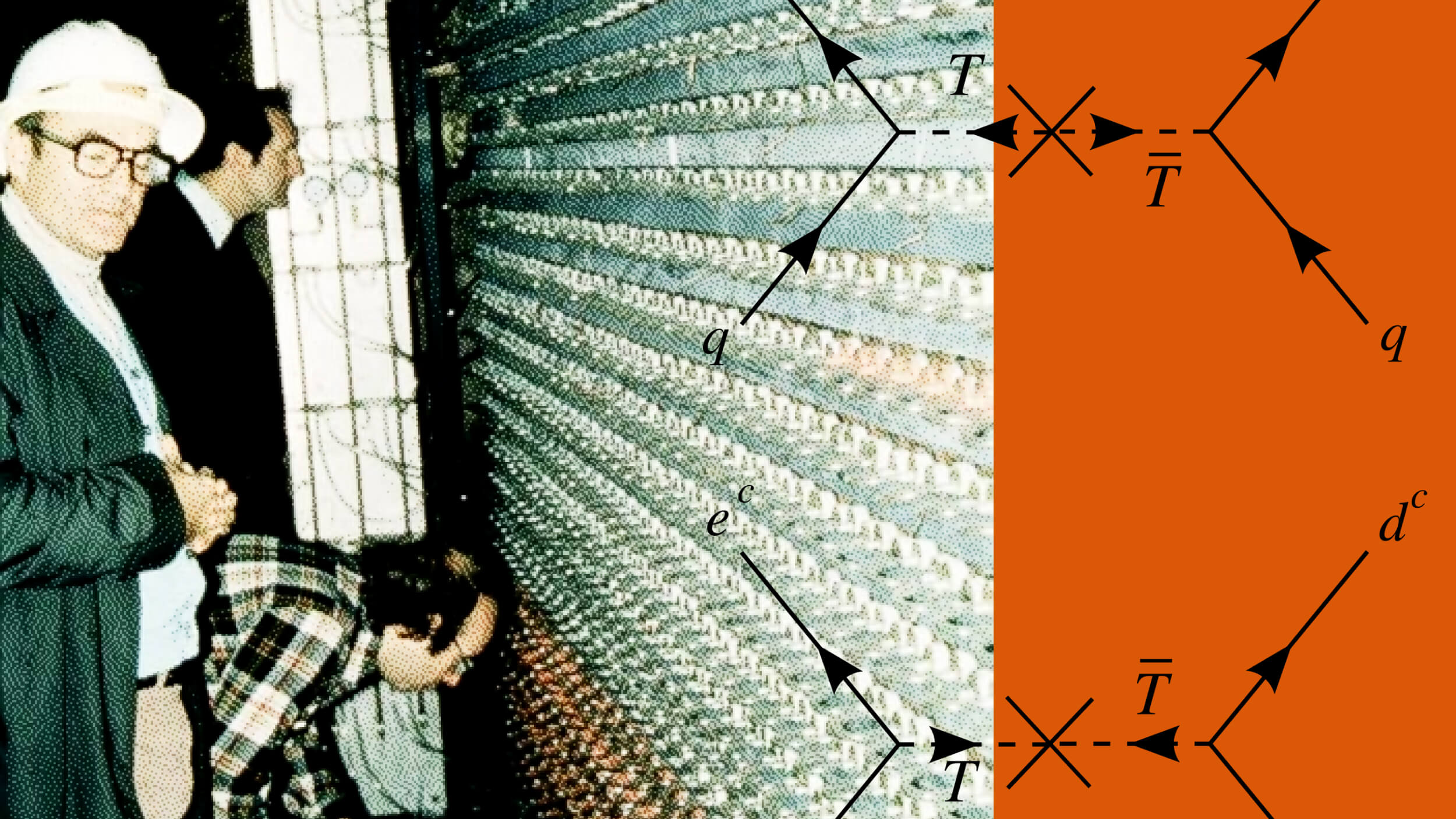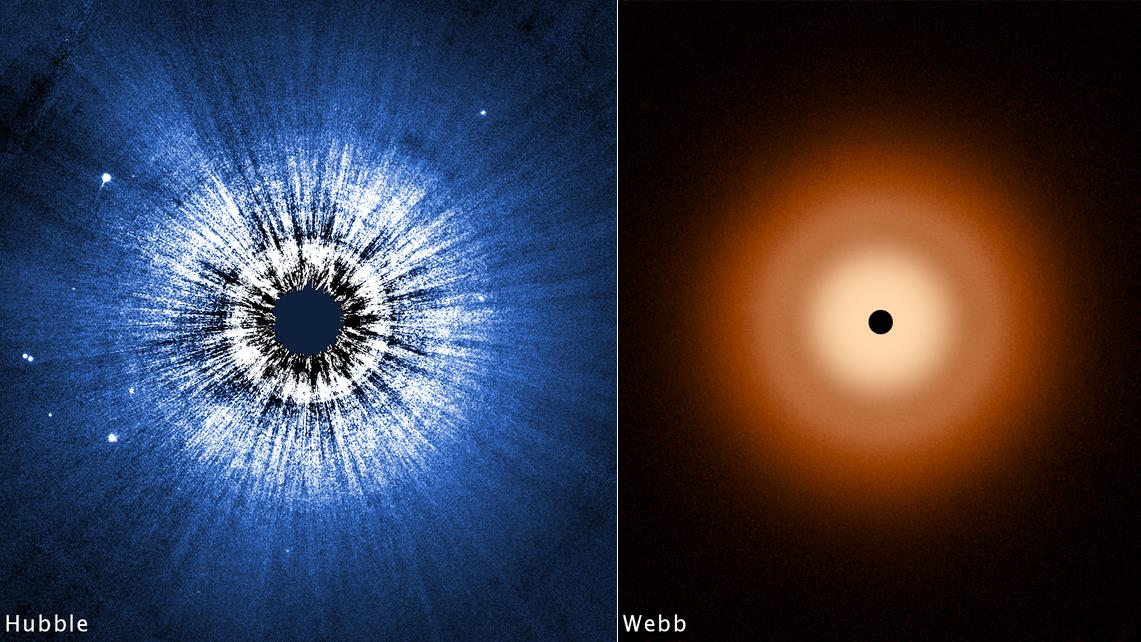Throwback Thursday: How Big is Our Observable Universe?
It’s been 13.8 billion years since the Big Bang, but our observable Universe is much bigger than just 13.8 billion light years!
Image credit: NASA; ESA; G. Illingworth, D. Magee, and P. Oesch, University of California, Santa Cruz; R. Bouwens, Leiden University; and the HUDF09 Team.
“The mind, once expanded to the dimensions of larger ideas, never returns to its original size.” –Oliver Wendell Holmes
When General Relativity supplanted Newton’s work as our theory of how gravity works in the Universe, it didn’t just change how we view how masses attract, it gave us a new understanding of what the questions where and when actually mean. It gave us the very fabric of spacetime.
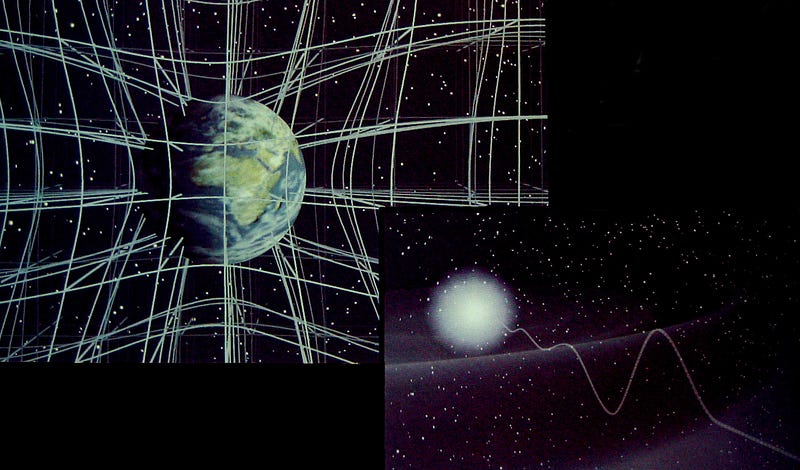
What this meant is that no longer could we view objects like matter and radiation as existing in some fixed, grid-like framework. Instead, the Universe contains encoded within the equations that describe it a very profound idea: the very Universe itself — including space and time — evolved in a predictable, understandable way that depends on what’s in it!

Relativity came along in 1915, and enjoyed the first observational confirmation of its new predictions as early as 1919. By time we realized that the Universe extended far beyond our galaxy in the last 1920s, and that a great many of the nebulous clouds and spirals in the sky were actually their own, distant galaxies, many of the consequences of relativity had already been worked out.
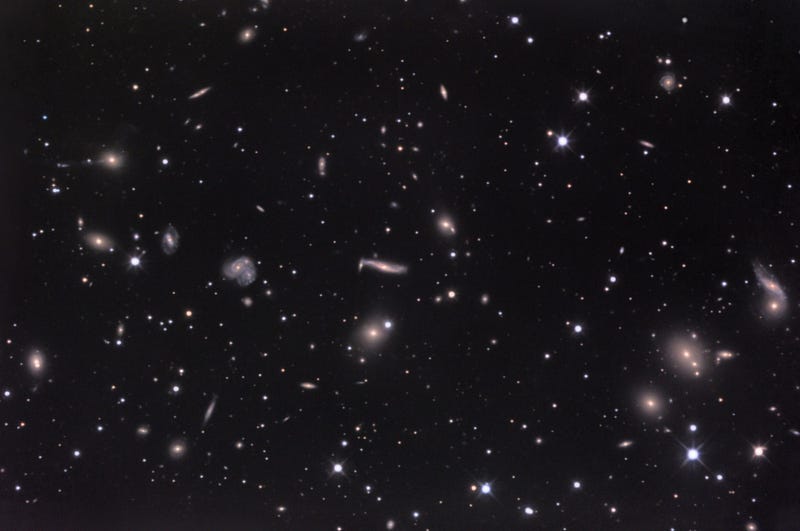
As we found that these galaxies — the vast majority of them — were receding away from us, it left us with only one reasonable conclusion that was consistent with both relativity and our observations: the Universe was expanding.
This, of course, is what led to the Big Bang model: the realization that if the Universe is expanding, it must be cooling, as that’s simply a consequence of what happens to radiation (it gets redshifted) in expanding spacetime.
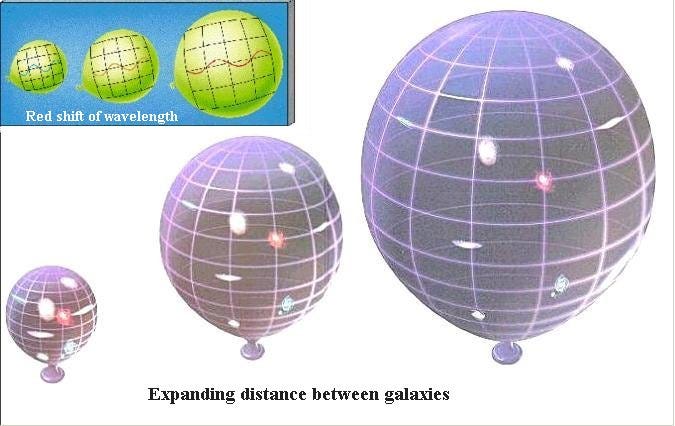
Well, if the Universe is expanding and cooling, that means that in the future, it will be larger and cooler. But it also means that in the past, it was hotter and denser! In fact, we can extrapolate all the way back to an arbitrarily early time, where things were as hot and dense (and compact) as we care to allow them to be.*

We also know, observationally, that the Universe is roughly uniform in both density and temperature on the largest scales. While it might clump into planets, stars, galaxies and clusters, if we look at a large enough region, they all tend to look roughly the same.

Now, here’s where things are interesting, from a theorist‘s perspective!
Because General Relativity — given an expanding Universe — tells us the relationship between space, time, and all the matter and energy in the Universe, that means that if we can figure out what’s in the Universe today, and if we can accurately measure how it’s expanding right now, we can know how big the Universe was at any stage in either the past or the future. (At least, beginning from the point where we can describe it by the Big Bang.*)

We now know that the Universe is expanding, today, at around 68 km/s/Mpc, which is known as the Hubble parameter. This rate was faster in the past and will be slower in the future, but that’s what it is today. About 20 years ago, there was a huge uncertainty surrounding this number, with some people claiming it was as low as 50 and others as high as 100; today, the uncertainties are very small, at only ± 2 or 3 km/s/Mpc.
So consider that we not only know how quickly the Universe is expanding today, but we also know what the Universe is made up of, as far as energy content goes.

About 68% of the Universe’s energy is dark energy, which is the energy intrinsic to empty spacetime. Another 32% or so is normal matter (protons, neutrons, electrons, neutrinos, etc.) and dark matter combined, and a tiny (but known) fraction-of-a-percent is radiation in the form of photons: around 0.008%, a number far too small to be visible on the chart above.
And that’s it. Armed with that knowledge alone — plus general relativity — we can figure out how the Universe has grown and continues to grow over time. Here’s what the graph looks like (on a log-log scale).
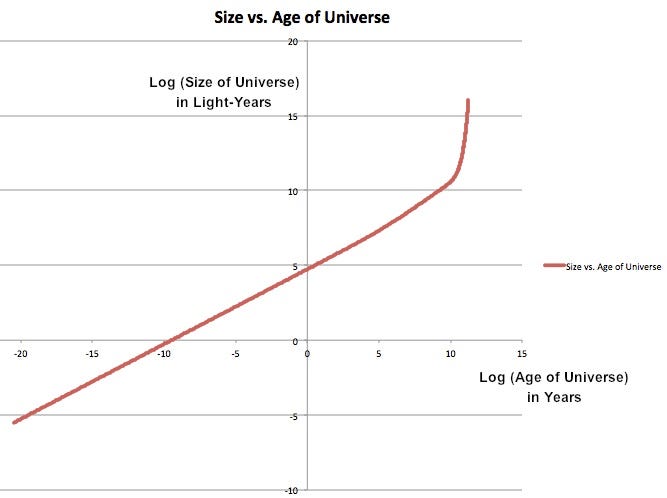
It doesn’t look all that impressive; after all, it’s just a curve. The massive “uptick” you see at the end is due to the effects of dark energy, and although it’s quite difficult to tell, visually, there’s a change in the slope of the line at about 10^4 years. Despite how mundane this simple graph looks, there’s a ton of information encoded in this curve! Let’s highlight some of my favorite “achievements” along the Universe’s history.

Today, the observable Universe (that’s the part of the Universe that’s causally connected to us) is 13.8 billion years old, and has a radius — that is, the distance from us to the most distant edge that could possibly have ever interacted with us — of 46 billion light years. As you can see, that number is about to get a lot bigger as time goes forward; that’s dark energy’s fault! When the Universe reaches 10^11 years (~7 times its present age), it will be 100,000 times its present size; that’s the power of accelerated expansion!
But going back, dark energy was less important; just a few billion years ago, matter was the dominant component of the Universe affecting our expansion, and even earlier than that, radiation dominated. (You can check where the slope of the line changes; this reflects the different behaviors of matter, radiation and dark energy in an expanding Universe over time!) In fact, when the Universe was smaller, we can easily calculate which components of the Universe dominated and determined the expansion rate.

Some fun milestones:
- The diameter of the Milky Way is 100,000 light years; the observable Universe had this as its radius when it was approximately 3 years old.
- When the Universe was one year old, it was much hotter and denser than the Sun’s surface is now. The mean temperature of the Universe was more than 2 million Kelvin, compared to the Sun’s surface at around 6,000 K.
- When the Universe was one second old, it was too hot to form stable nuclei; protons and neutrons were in a sea of hot plasma. Also, the entire observable Universe would have a radius that, if we drew it around the Sun today, would enclose just the seven nearest star systems, with the farthest being Ross 154.
- The Universe was once just the radius of the Earth-to-the-Sun, which happened when the Universe was about a trillionth (10^–12) of a second old. The expansion rate of the Universe back then was 10^29 times what it is today.
And after 13.8 billion years, 46 billion light years of expansion, and trillions of stars born, living and dying in our local group alone, here we are.
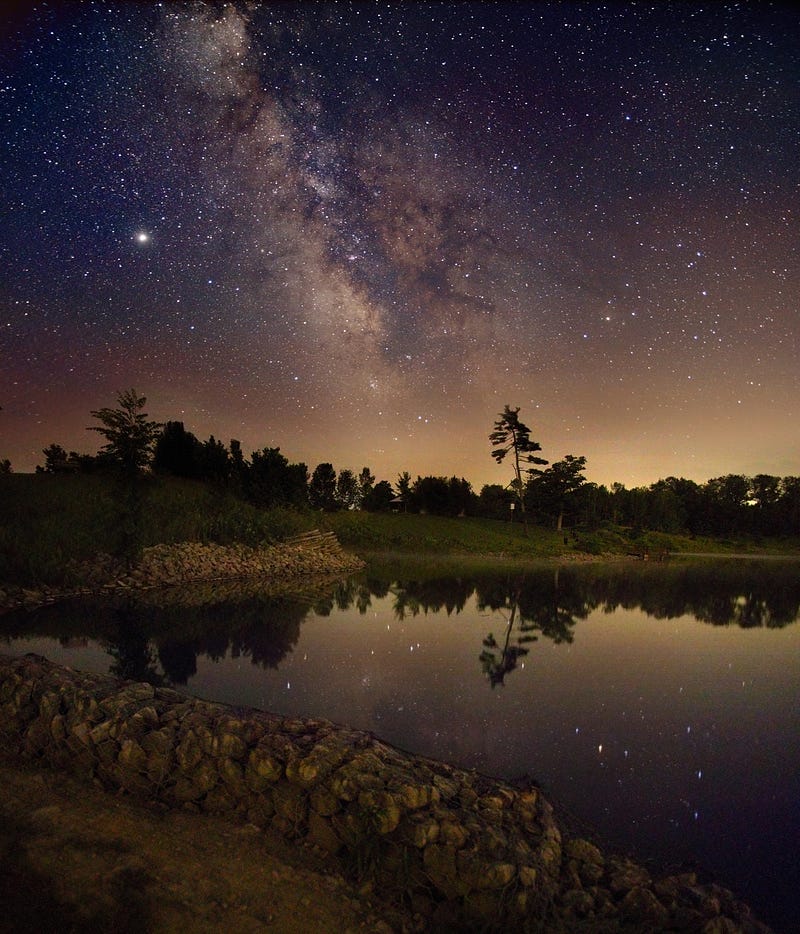
Don’t just enjoy it, enjoy understanding it! And now you know where we’ve been and how we got here, including how large our Universe was at every step of the way!
* — The earliest we can extrapolate back is now known to be somewhere between 10^–37 and 10^–25 seconds, as there was an inflationary epoch of indeterminate duration, with awesome consequences, before the Universe could be accurately described by the Big Bang model.
Leave your comments at the Starts With A Bang forum on Scienceblogs!


